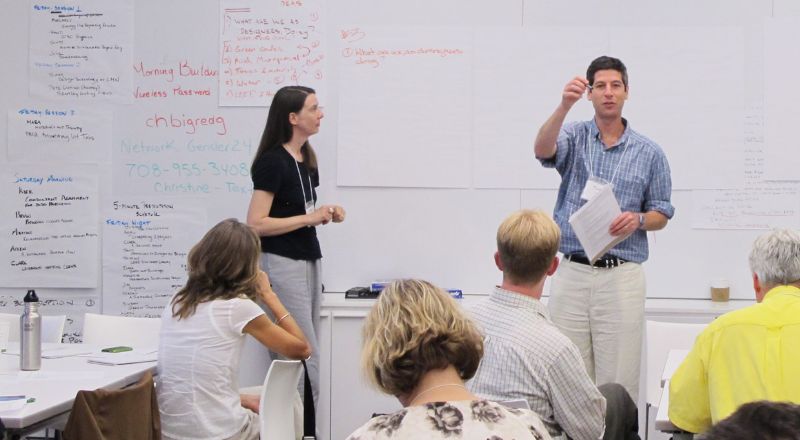
Each of us wants to grow and evolve in our careers, just as each of us wants to accelerate change in our industry. We are your wellspring to do that—with knowledge, support, CEUs, and the encouraging dialog that can make you, your teams, and our movement better at what we do.
Find BuildingGreen articles, webcasts, and reports approved for continuing education credits through AIA and GBCI below. We record and automatically report CEU credits for our subscribers.





